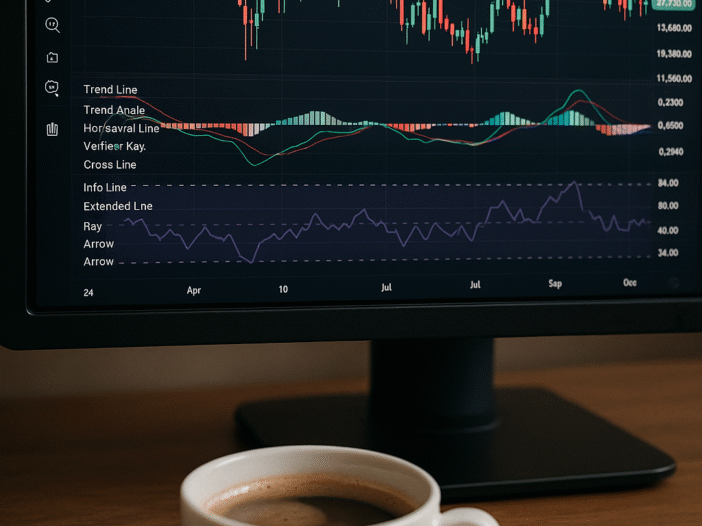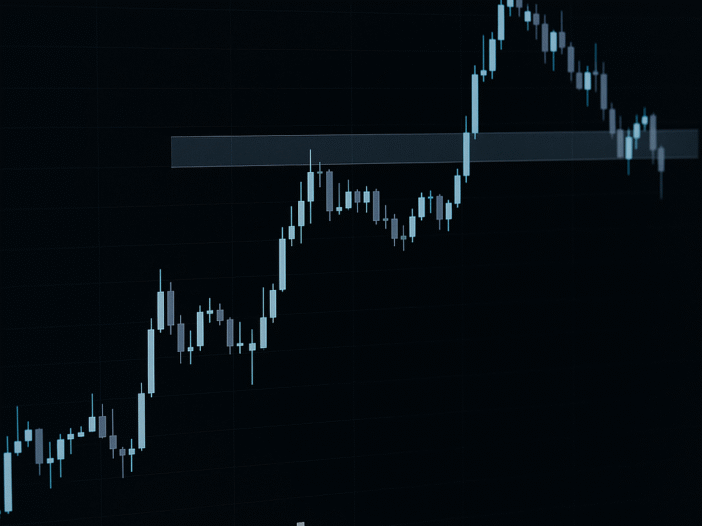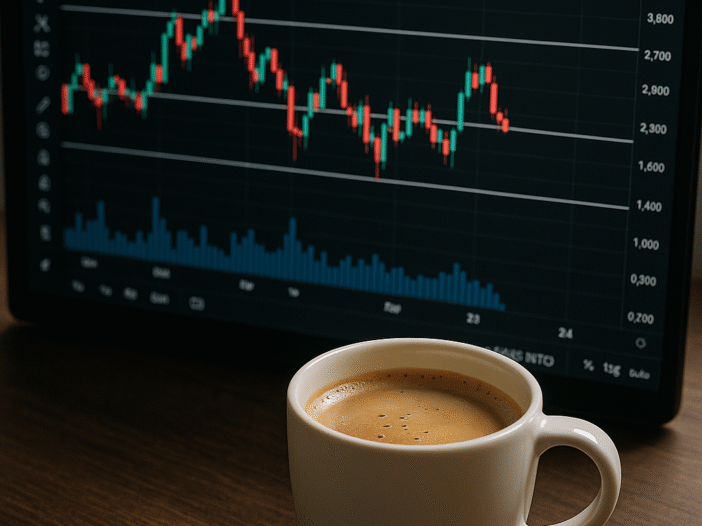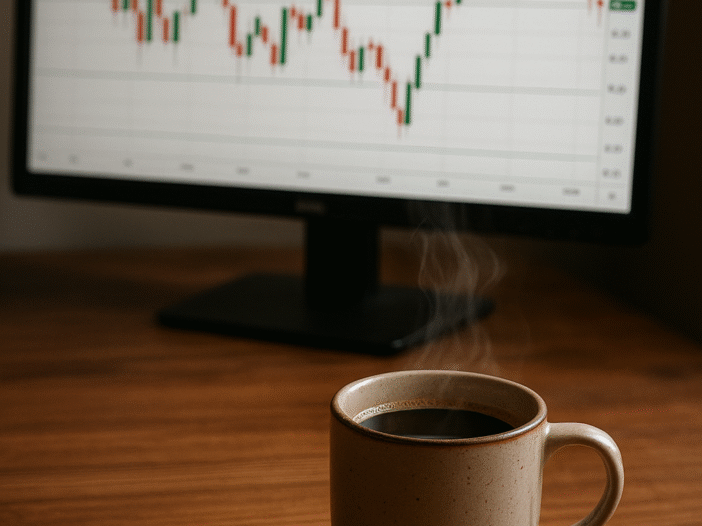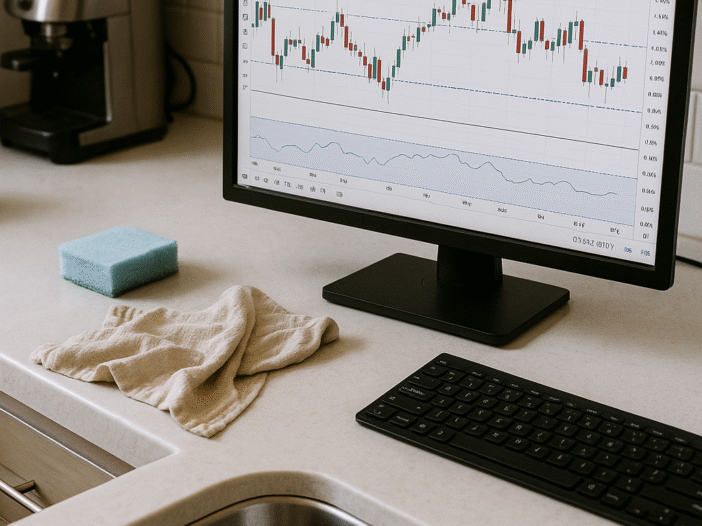I’ve seen traders stack indicators like furniture in a hoarder’s garage. Moving averages. RSI. MACD. Fib levels. Support zones. Volume profiles.And still — no trade. They’ll call it “being thorough.” But let’s be honest. Most of the time, it’s just stalling. Analysis becomes a comfort blanket.The chart gets more complicated, not clearer.And decisions get pushed […]
Back to Basic
My Clean Chart Philosophy
At one point, I had everything on my chart. EMAs, MACD, RSI, volume, fibs, support zones, resistance zones. It felt smart… until it wasn’t. Too much info just blurred everything. Now? My charts are almost empty. Price, levels, maybe a VWAP. That’s it. Here’s why I stripped it all down — and why I keep […]
Coffee Thoughts – There’s No “Perfect Setup”
I used to think the perfect setup would solve everything. The kind of trade where the structure’s clean, price action is obvious, confluence lines up across timeframes, and all the signals say “go.” So I waited. And waited. Then watched price take off without me — more times than I care to admit. Here’s the […]
Coffee Thoughts – Clean Charts, Clear Mind
Ever walked into a messy kitchen first thing in the morning? Plates everywhere. Spills on the counter. Half a cup of cold coffee from yesterday. That’s how most trading charts look. Overloaded. Cluttered. Confusing. I used to stack indicators like I was building a sandwich — RSI, MACD, Bollinger Bands, moving averages from five different […]
Cleaning My Charts Like Cleaning My Kitchen
It’s Sunday afternoon. I’m not trading, but I’m doing something just as important. I’m cleaning the kitchen. The counter’s a mess. Crumbs under the toaster. A drip trail of coffee from this morning. A few dishes that “look clean enough” until you hold them up to the light. So I wipe. I rinse. I reset […]
Trading Journal or Fantasy Log? How to Actually Use It to Get Better
Are You Journaling or Just Daydreaming? How to Actually Use a Trading Journal to Improve Let’s not kid ourselves. Most trading journals are just organized daydreams. Spreadsheets filled with screenshots. Notes like “entry was late” or “should’ve waited.”Maybe a red cell for losers.Makes you feel productive, right? But here’s the thing— If your journal isn’t […]
